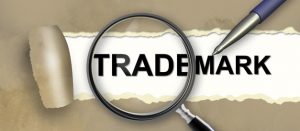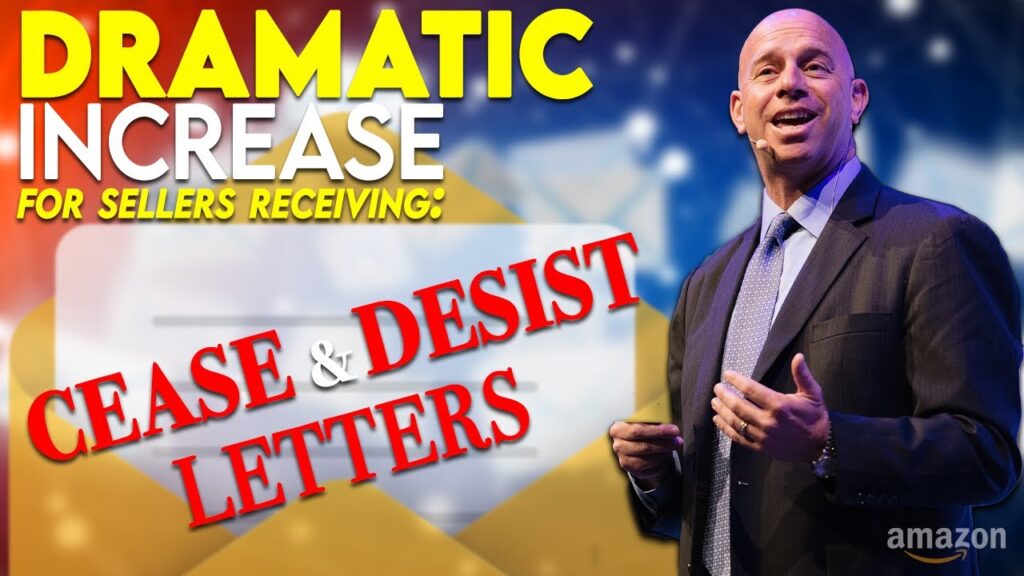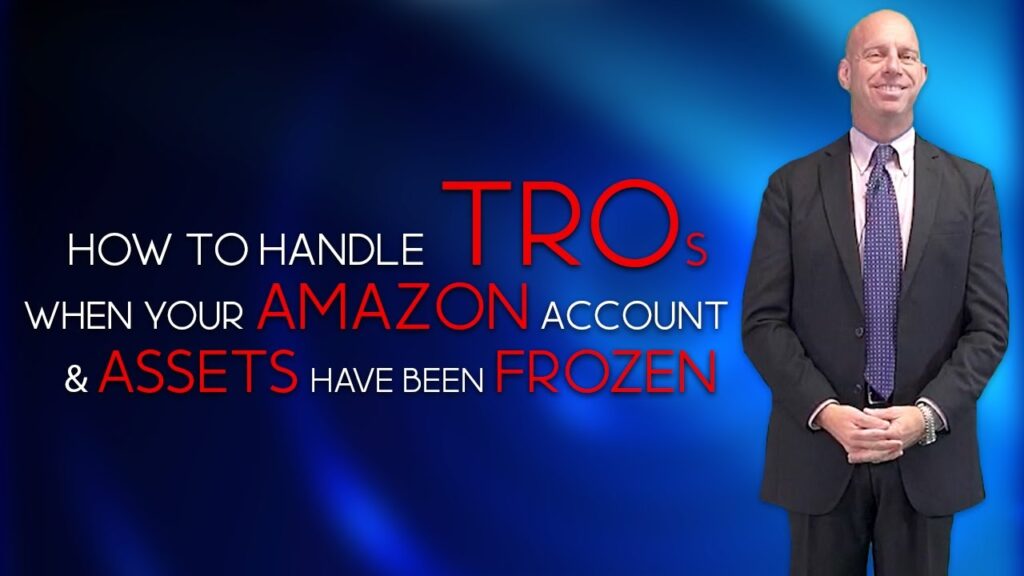Writing cease & desist letters for AMZ sellers with private label products.
Creating your own private label brand is the current and likely future wave for Amazon sellers to grow.
As some sellers grow their private labels, others wrongfully sell products with protected intellectual property. We make sure that the private label sellers who do their due diligence and take the proper steps to gain these rights are thus rewarded. Most of the sellers who infringe on a rights owner often do so out of ignorance, not maliciously. A single cease and desist letter is often enough to persuade sellers infringing upon private labels to stop and move onto other products. We have several clients that we help with this issue on a regular basis.
How the Amazon Sellers' Lawyer team operates:
The first thing we do is reach out to those sellers through a cease and desist Letter. We’ll send them a notice that we prefer not to make a complaint. We prefer not to put them out of business but they have to stop selling merchandise with your intellectual property rights on them.
Most sellers on Amazon will stop selling because they don’t want to put their income or account at risk. They will stop selling your product or they’ll reach out to us and they will be very willing to enter into a licensing deal with you. Then they’ll stop selling.
The 2 kinds of Amazon listing hijackers:
Unauthorized Resellers & Counterfeiters
All vendors will have a harder time fighting unauthorized resellers than they will fighting counterfeiters. Why? Because Amazon doesn’t take part in manufacturer/vendor/reseller agreements except for newly gated brands. Amazon’s entire focus is on what shows up on customers’ doorsteps.
If there are counterfeiters (sellers using your pictures or verbiage), a lawyer can tell you if the hijackers are violating your intellectual property rights and whether you should seek to have them removed by Amazon’s complaint system, using cease and desist letters, or a DMCA take down.

Private Label Brand Development, Policing & Protection
If you find that you can’t tackle Amazon listing hijackers on your own, and they’re taking the sales out of your most profitable ASINs, it’s probably time to get a lawyer involved.
When a client comes to us with a brand protection issue, we draft a cease & desist letter and send it to the hijackers / infringers. This allows them 2 days to respond to our request to remove infringing content.
When infringing sellers do not respond or cooperate with our cease and desist letters, our team then drafts a report of infringement, which is delivered to Amazon’s legal teams to handle further.
Settling Issues with Amazon Hijackers
Cease & Desist letters do not have to be overly acrimonious.
They just need to tell the seller to stop selling or else they’re putting themselves at risk of a complaint which could lead to their Amazon account being suspended. From time to time, you might be willing to let the seller exhaust their inventory and then stop selling. Sometimes, if the goods being sold are grey market, you may negotiate a license fee or you might buy your hijacker’s inventory to get it off the market and away from lowering your prices.
If the C&D letters are not successful, or you have a case where some sellers leave your listing while others remain, you can then take the next step: complain to Amazon.
Amazon provides a form about hijackers. When you fill in the form, you must confirm that you are the rights owner. Explain what intellectual property you own. After Amazon receives your complaint, they’ll send questions similar to the emails to provide supplemental information for a Plan of Action. Provide the information in a manner that persuades staff that Amazon risks an unhappy customer if they continue to allow hijackers to sell your product. This is what Amazon acts upon – Amazon’s Leadership Principals that focus on 100% customer satisfaction. You have to persuade Amazon to knock off the hijackers.
Examples of your intellectual property rights can include:
Full ownership of all intellectual property rights to the product because you invented it.
Ownership of the packaging design.
Full ownership of the images / verbiage used to describe the product.
Exclusive right to sell the product through an agreement with the manufacturer. Or, you may be the only seller that can provide the warranty.
Draft Cease and Desist notices in a manner that shows strength but also a willingness not to complain if sellers stop selling your product.
When you see others selling your products, do an investigation. Figure out why the seller should voluntarily stop selling your product. There are many avenues of persuasion. For example, if your product comes with a warranty and the infringing seller cannot provide your warranty. Or, if the products that the infringing seller has in their inventory are old and lack newer features.
The goal with any cease and desist letter is to get the infringing party to voluntarily stop selling.
On Amazon, suspension is on every seller’s mind. The threat of a complaint means the threat of a total Amazon account suspension. Just like you fear losing your account and wouldn't risk it for one product, infringers feel the same way. Draft a C&D letter in a manner that shows strength but also a willingness not to complain if the sellers simply stop selling your product.
The Legal Process: If a trademark infringer is detected, what can be done?
The answer depends on the platform the seller is on, and in what specific ways the trademark was infringed upon.
Anthony’s Advice:
It should be stressed that, after you detect the presence of trademark infringement, it is imperative that you retain the services of a practiced trademark attorney. Navigating the legal process is treacherous without proper knowledge of how to avoid its associated pitfalls and quagmires.
After determining the nature of the infringement, the seller, through their attorney, will generally send a cease and desist letter. This letter requests that the infringer refrain from further violating intellectual property rights. Generally, it notifies the infringer that if the offending products are not removed from the view of consumers, further legal action may follow.
If an Amazon merchant has fallen victim to infringement at the hands of another Amazon merchant, the seller’s attorney may file a take down request with Amazon. When Amazon complies with the take down request, infringers will often resume selling the infringing product under a different account.
If financially feasible, sellers who suffer infringement can seek redress in court.


Conducting Test Buys
Sometimes, private label sellers come to us with the problem where someone is on their ASIN selling a product that doesn’t exactly match. For example, it could be manufactured by someone in China. One thing that we can do to rectify the problem is to conduct a test buy.
We purchase the product to prove that it does not match our client’s product. At that point, we send out a cease and desist letter, which notifies the counterfeiter that they are infringing.
The majority of sellers typically comply with our letters. If they do not remove the item, we will then file a Report of Infringement with Amazon. You don’t have to conduct a test buy in order to remove the seller. But if you want to file a counterfeit claim, it’s something that will help make a very strong case.
Another way to remove sellers from your ASIN is by citing trademark infringement. Again, you do not necessarily need to conduct a test buy. There are ways of creating a material difference.
Another thing we have our clients do is implement a warranty. We draft the warranty, which our client then puts on their website. If they created the listing, they will put it on their listing as well. This is a way to bypass the First Sale Doctrine. It’s another way that we have a basis for trademark infringement.
Cease and desist letters are documents sent to an individual/business to stop illegal activity (cease) and not to restart it (desist). The letter warns that if the recipient doesn’t discontinue specified conduct or take certain actions by deadlines set in the letter, that party may be sued.
In the cease and desist letter, we identify the legal basis as to why we believe that infringing seller should immediately remove their items and never sell them again. In the letter, we include the registered trademark, relevant case law and, if they’re selling counterfeit items, we include the material difference argument.
Sometimes, we have clients that come to us and ask, ‘Why can’t you just report the infringing parties immediately?’ Our response to that is, we give everyone the opportunity to remove themselves from the online platform they’re selling on. Oftentimes, once they receive a cease and desist letter, they apologize and remove the listings on their own. Occasionally, there is no reason to escalate the matter. Quite often, a cease and desist letter really is the best way to come to an amicable resolution.
Stopping Hijackers Using U.S. Courts:
Amazon sellers need to know the basics about removing hijackers and intellectual property law in order to protect their businesses.
In addition to using Amazon’s system, you can always choose to sue and obtain a court order directing that hijackers stop selling your product.
If you’re thinking about choosing litigation to rid your listing of hijackers, think about what laws/rights the hijackers are violating. For example, if the hijacker is selling counterfeit goods, infringing upon your intellectual property rights.
Courts can order Amazon to freeze an entire Amazon account and hold sellers’ money. The Court can order, upon your request, that businesses like PayPal and banks freeze infringers’ Amazon accounts. They stay frozen until the court works through the issues. Amazon will follow whatever court order you obtain. Click for more information on our litigation services.
Stopping Hijackers Using Foreign Courts:
Trademarks can easily be filed in other countries either directly or via World Intellectual Property Organization (WIPO).
When filed, you can bring the weight of the hijacker’s local legal system down upon them. Or, at least frighten them into thinking that you’re going to sue. If you have followed this law firm’s advice and filed for trademark protection where the major factories are located, you can also bring your case where it will frighten the counterfeiter / infringer the most.
Countries such as Vietnam, China, Thailand and India have strengthened their laws and courts in an effort to become the IP centers of their regions. Unlike the US, which has hundreds of years of court decisions that could affect your case, these foreign courts have newer laws. China, for example, didn’t codify its law until 2012. The laws in China are clear and relatively simple: whomever files to protect their rights first, owns the rights.







